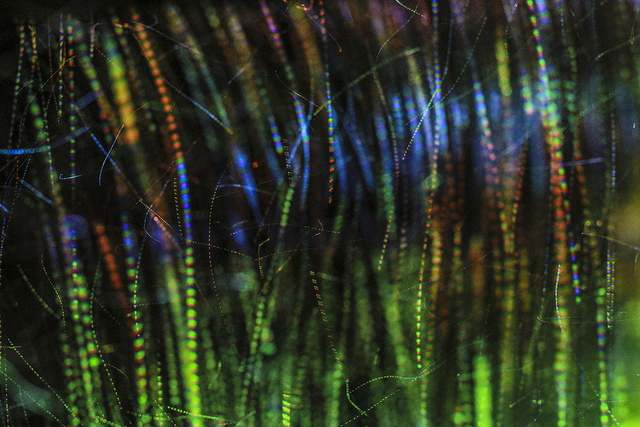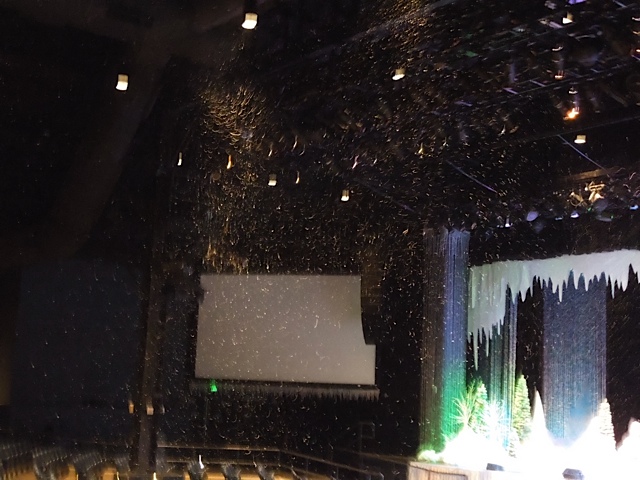Adobe Flash Falling Snow Effect Photo
Upload your images and edit to make fun photographs for Facebook, Twitter or Tumblr. Over 200 special effects and text effects to make your photographs uniquely yours.
This tutorial will teach you how to work on layers using Flash. New online games are added every day, so that any gamer will find a game to your taste! In any game, you can play online for free, without registration. No-registration upload of files up to 250MB. Not available in some countries. Download the free trial version below to get started. Double-click the downloaded file to install the software.
Create A Starry Night Sky In Photoshop. Step 1: Add A New Blank Layer. With our image newly open in Photoshop, the first thing we need to do is add a new blank layer. We can see in the Layers panel that we currently have just one layer, the Background layer, which is the layer that contains the photo: The photo sits on the Background layer in the Layers panel. We need to add a new blank layer above the Background layer. Hold down your Alt (Win) / Option (Mac) key and click on the New Layer icon at the bottom of the Layers panel: Hold down Alt (Win) / Option (Mac) and click on the New Layer icon. Normally when we click on the New Layer icon, Photoshop simply goes ahead and adds a new blank layer to the document, giving it some generic, meaningless name like .
- A large collection of only the best top quality 100 design tutorials which will teach you how to use Photoshop in order to manipulate photography, this large.
- Tabtight professional, free when you need it, VPN service.
- Adobe After Effects is commonly used for creating visual effects and motion graphics. It allows users to animate, alter, and composite media in 2d and 3d s.
- 150 Amazing Examples of CSS Animation & Effects. Using CSS3 proficiently makes designing a lot more fun. With a good command of CSS, you can create beautiful designs.
Written by Steve Patterson. In this Photoshop effects tutorial, we'll learn how to easily add a star-filled sky to a night time photo. This version of the tutorial is.

Name the new layer . Nothing will seem to have happened in the document window, but a quick look in the Layers panel shows us that a new blank layer named Stars has been added above the Background layer: A new blank . Go up to the Edit menu in the Menu Bar along the top of the screen and choose Fill: Go to Edit > Fill. This opens the Fill dialog box. Set the Use option at the top of the dialog box to Black, then click OK to close out of the dialog box.
Photoshop will fill the new layer with black, temporarily hiding the photo underneath it from view in the document window: Set the Use option the Black, then click OK. Step 3: Apply The Noise Filter. Let's add some noise to the layer, which will eventually become our stars. Go up to the Filter menu at the top of the screen, choose Noise, and then choose Add Noise: Go to Filter > Noise > Add Noise. This opens the Add Noise filter's dialog box.
Drag the Amount slider towards the right until the value reads somewhere around 1. Increase the Amount to around 1. Click OK when you're done to close out of the dialog box, and Photoshop adds the noise to the layer: Noise has been added to the Stars layer. Step 4: Apply The Gaussian Blur Filter To The Noise.
Now that we've filled our Stars layer with noise, we need to blur it out just a little bit. Go back up to the Filter menu and this time, choose Blur, then choose Gaussian Blur: Go to Filter > Blur > Gaussian Blur. This opens the Gaussian Blur dialog box. We need only a very subtle amount of blurring, so increase the Radius value to 0.
Increase the Radius value to just 0. Click OK to close out of the dialog box. The noise in the document window will look a little bit softer. Step 5: Hide The Stars Layer Temporarily.
We've done everything we need to do on the Stars layer for the time being. At this point, we need to see our original photo again. Problem is, our original photo is being blocked from view by the Stars layer above it, so we need a way to temporarily hide the Stars layer. We can do that by clicking on its layer visibility icon, which looks like a little eyeball on the left side of the layer in the Layers panel. Once you've clicked on it, the eyeball will disappear, leaving only an empty square icon, indicating that the layer is now turned off.
The original photo will once again be visible in the document: Clicking on the layer visibility icon temporarily hides the layer in the document window. Step 6: Select The Sky Area In The Photo. With the noise temporarily hidden, use the selection tool of your choice to draw a selection around the sky so that only the sky (the area where we want the stars to appear) is selected, while everything below the sky (the area where we don't want the stars to appear) is not selected.
Depending on your image, you may be able to get away with simply clicking inside the sky area with the Magic Wand, or you may need to use a different selection tool, like Photoshop's Lasso Tool, Quick Selection Tool or the Pen Tool. In my case, since everything below the sky is a building or tower made up mostly of straight lines, I'll use the Polygonal Lasso Tool. Flying Dungeon In The Sky Hacked Email.
Photoshop fills the selected sky area with white on the layer mask, while the unselected area below the sky is filled with black: The layer mask thumbnail. With layer masks, white- filled areas of the layer remain visible in the document while black areas are hidden from view, and we can see with my image that the noise now appears only in the sky: The layer mask thumbnail.
And we're done! Doesn't that look great?! No? You're right, we're not quite done yet. Let's turn all that noise into some stars using a Levels adjustment layer, which we'll do next! Step 9: Add A Levels Adjustment Layer. We're going to turn all that ugly noise into some stars, and we'll do that using a Levels adjustment.
In fact, we almost never want to do that. And when I say ? Why not give yourself the freedom to go back anytime and make changes, without having to worry about harming the image in any way? You can give yourself that freedom in Photoshop by using adjustment layers, which are special layers that do the exact same thing as regular image adjustments, but without making any permanent changes to the image! In this case, we're going to use a Levels adjustment layer. Hold down your Alt (Win) / Option (Mac) key and click on the New Adjustment Layer icon at the bottom of the Layers panel: Hold down Alt (Win) / Option (Mac) and click on the New Adjustment Layer icon. Select Levels from the list of adjustment layers that appears: Choose a Levels adjustment layer.
By holding down Alt (Win) / Option (Mac) as we select a Levels adjustment layer, we tell Photoshop to pop open the same New Layer dialog box we saw earlier before adding the layer. This time though, we're not going to bother naming the layer. We want to select one of the other options in the dialog box. Directly below the Name option at the top, you'll find an option called Use Previous Layer As Clipping Mask. By selecting this option, any adjustments we make in the Levels dialog box will affect only the layer directly below it (our Stars layer).
The original image on the Background layer will not be affected. Click inside the checkbox to select the option, then click OK to close out of it: Check the Use Previous Layer To Create Clipping Mask option. Step 1. 0: Reduce The Amount Of Visible Noise To Create The Stars. If you're using Photoshop CS4 or higher, the options for the Levels adjustment layer will appear inside the Adjustments Panel which was new in CS4. In CS3 and earlier, a separate Levels dialog box will appear. The most prominent feature in Levels is the histogram, a black graph resembling a mountain range which shows us the current tonal range of the image, or in our case, of the layer directly below the adjustment layer (the Stars layer). Below the histogram are three small sliders - a black one on the left, a white one on the right and a gray one in the middle.
Normally, we use these sliders to adjust the contrast in an image, but in this case, we're simply going to use them to reduce the amount of noise we're seeing on our Stars layer so that what we're left with looks more like, well, stars! First, click on the white slider and drag it a little towards the left. As you drag, you'll see the noise in the image becoming brighter. You won't need to drag this slider very far. Just drag it enough to brighten the noise a little.
Then click on the black slider and begin dragging it towards the right. As you drag this slider, you'll see the darkest areas of noise begin to fade away, and as you continue dragging towards the right, more and more of the noise will fade away. Continue dragging the black slider to the right until so much of the noise has disappeared that all you're left with is a few random dots scattered around in the sky. These are the stars!
Here's what my sliders look like. Notice how the white slider was dragged only a short distance to the left, but the black slider needed to be dragged far over to the right in order to remove most of the noise from the image (the middle gray slider will move on its own as you drag the white and black sliders): The black slider was moved far to the right to remove most of the noise.
